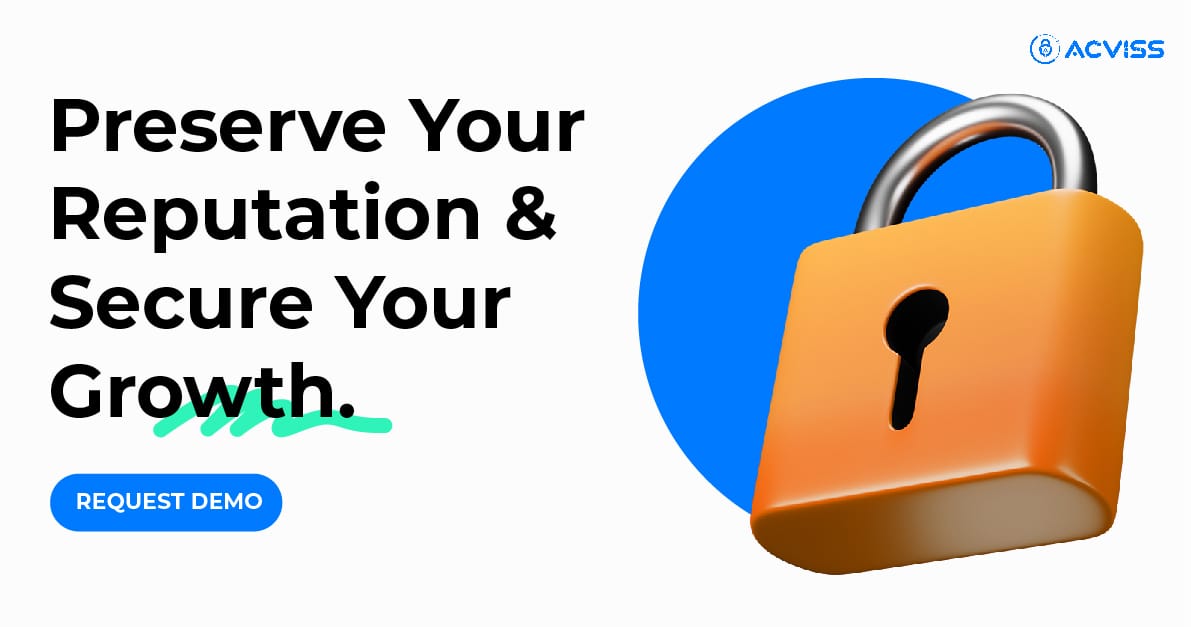Real-Time Geofencing Alerts Securing Product Verifications from Unauthorised Scans
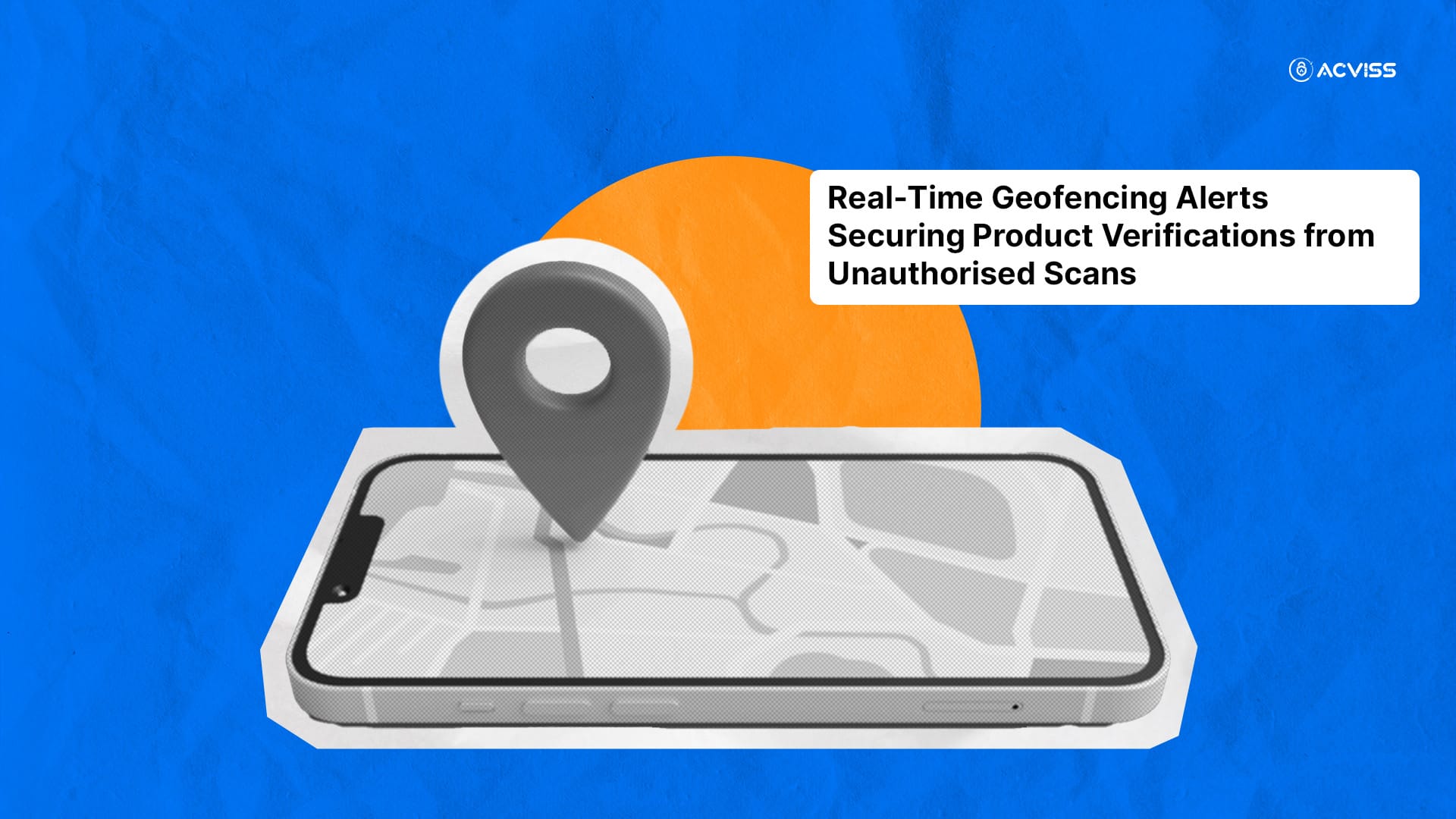
The supply chain is no longer a closed system. Products cross borders, change hands multiple times, and pass through physical and digital marketplaces before reaching the end customer. With this complexity comes risk. Counterfeiters exploit blind spots, consumers unknowingly engage with fake products, and brands suffer lasting damage to their reputation and revenue.
One of the most powerful developments in recent years is geofencing combined with product verification systems. This approach allows brands to not only verify authenticity but also receive real-time alerts when products are scanned in unauthorised locations, creating a new layer of visibility across global supply chains.
This blog explores how geofencing reshapes brand protection, strengthens anti-counterfeiting strategies, and integrates seamlessly with track and trace solutions to improve product traceability.
Why Geofencing Matters in Product Authentication
Geofencing uses virtual boundaries mapped to geographical coordinates. When a consumer or distributor scans a label or authentication code outside the approved area, the system flags it instantly.
For example, if a shipment of premium spirits is intended only for the European market but authentication scans begin appearing in Southeast Asia, the brand can quickly identify possible diversion or counterfeit activity.
This technology addresses two persistent challenges in supply chain management:
- Product Diversion: Genuine products being sold outside of their intended market, often at discounted rates, damaging brand reputation.
- Counterfeit Infiltration: Fake products surfacing in unexpected locations, which erode consumer trust and compromise safety.
By combining geofencing with product verification systems, brands are no longer reacting to counterfeit activity after the damage is done. Instead, they receive early warnings and can intervene proactively.
The Role of Non-Cloneable Labels in Real-Time Verification
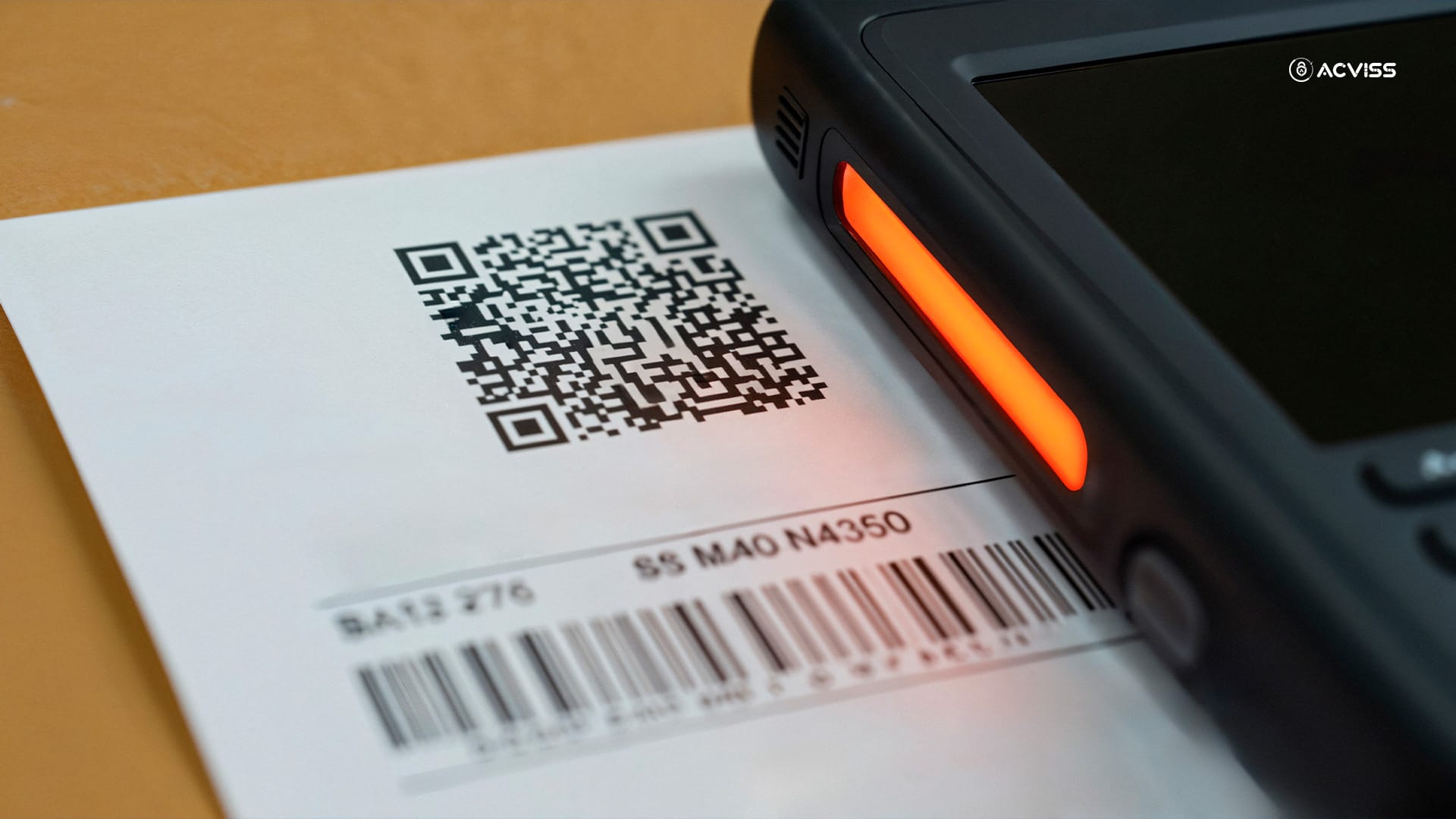
Technology alone cannot solve the counterfeit problem without secure product identifiers. Traditional QR codes or serial numbers, while easy to deploy, are highly vulnerable to cloning. Once duplicated, counterfeiters can flood the market with seemingly “genuine” products.
Here is where non-cloneable label solutions make the difference. Using advanced printing and cryptographic techniques, these labels generate a unique identity that cannot be copied. When scanned, the system cross-checks the product against its digital record, ensuring the product is genuine.
When combined with geofencing:
- A consumer scanning a label can instantly verify authenticity.
- The brand is alerted if the scan occurs in an unexpected region.
- Every scan contributes to the brand’s larger track and trace program, providing valuable data about product movement.
Solutions like Certify, which provide non-cloneable security codes, make this possible by ensuring every verification request is both authentic and traceable.
Traceability as the Backbone of Geofenced Alerts
Geofencing and product verification are powerful on their own, but their true potential unfolds when integrated into a comprehensive traceability programme.
Product traceability ensures that every step of a product’s journey, from manufacturing to retail, is captured and logged. When a scan occurs, the system not only confirms authenticity but also compares it against expected movement patterns.
Consider the following scenario:
- A luxury skincare product is manufactured in France.
- It is exported to authorised distributors in Japan.
- A consumer verification scan takes place in South America.
Without a traceability backbone, this might simply be flagged as unusual. With a proper track and trace solution, however, the system can check whether there was a legitimate shipment routed through South America. If not, the anomaly is clear evidence of counterfeit or diversion.
This is where solutions like Origin, which combine blockchain-powered transparency with geofencing-enabled alerts, are proving indispensable for modern brand protection strategies.
Real-Time Alerts: The Shift from Reactive to Proactive Brand Protection
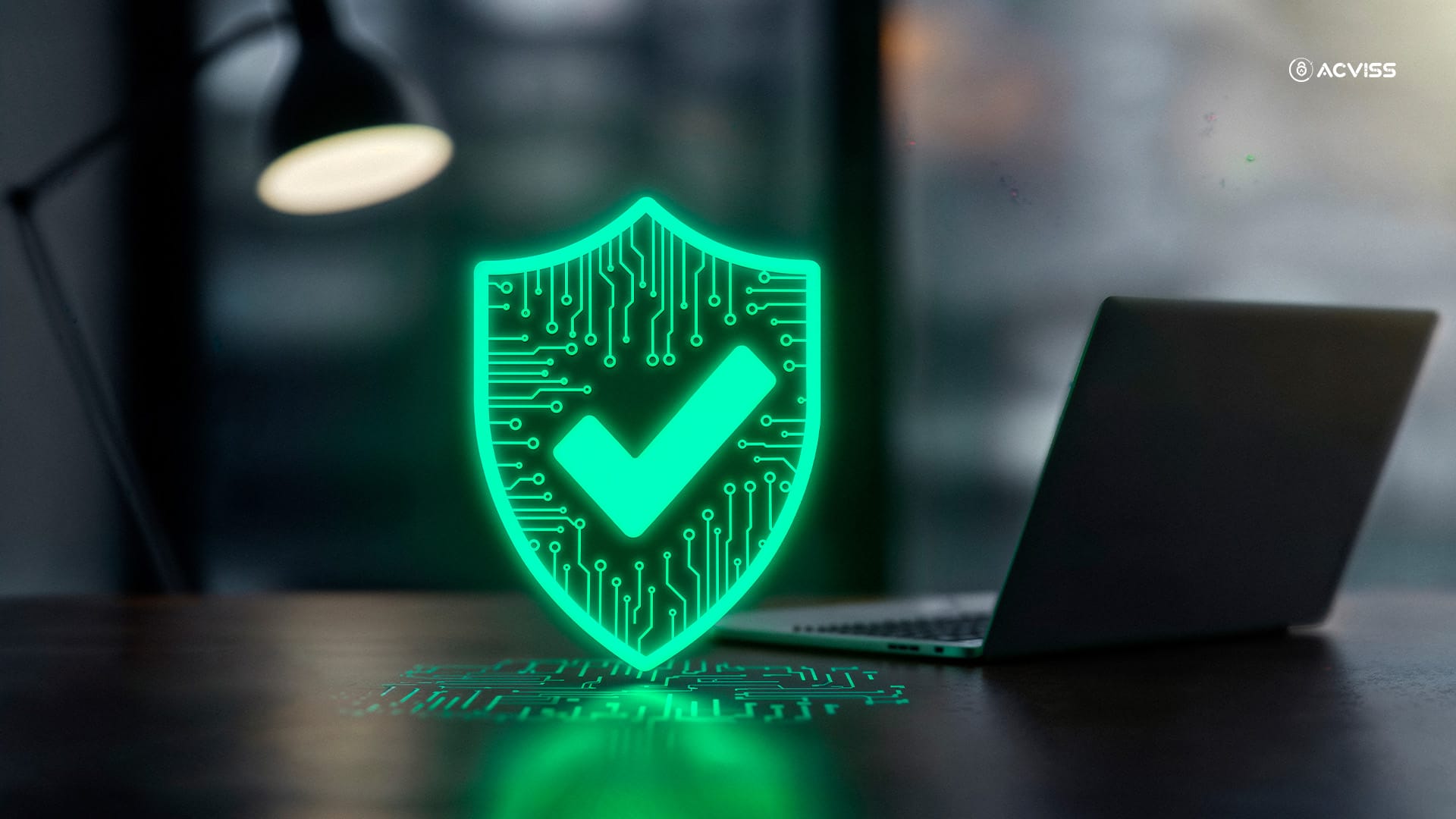
Traditional anti-counterfeiting solutions relied heavily on post-market enforcement. Investigators would purchase suspected counterfeit goods, analyse them, and build a case for legal or regulatory action. By then, the counterfeiters had often moved on, leaving lasting damage behind.
Real-time geofenced alerts change this dynamic entirely.
- Instant Notifications: Brands receive alerts the moment a product is scanned in an unauthorised zone.
- Data-Driven Action: Each alert is backed by time, location, and verification details, making investigations more precise.
- Consumer Engagement: Customers gain confidence in their ability to instantly check authenticity while also supporting the brand in combating counterfeiting.
By acting on unauthorised scans as they happen, brands move from chasing counterfeiters to blocking them at the point of entry. This proactive model not only reduces losses but also strengthens consumer trust.
Integration with IP and Trademark Protection
Geofencing is not just about logistics and movement; it also plays a critical role in intellectual property (IP protection and trademark enforcement).
When counterfeit products appear in unauthorised geographies, they often infringe upon registered trademarks. Real-time scan data creates evidence trails that support legal claims. This is particularly valuable in regions where counterfeit enforcement is weak, and brands need clear documentation to defend their rights.
In other words, geofencing helps extend the reach of trademark protection strategies from the legal office to the retail shelf. By connecting product authentication directly with IP enforcement, brands are better equipped to protect both revenue and reputation.
Beyond Counterfeiting: The Wider Scope of Geofenced Traceability
While much of the focus is on counterfeiting and diversion, geofencing-enabled traceability opens doors to wider applications:
- Regulatory Compliance: Industries like pharmaceuticals and food must comply with strict localisation rules. Real-time scan alerts ensure products stay within approved markets.
- Consumer Safety: If a product recall is issued, geofencing can help identify where potentially unsafe items are located and how they are being accessed.
- Market Intelligence: Scan data offers valuable insights into consumer behaviour, helping brands optimise distribution and marketing strategies.
- Supply Chain Efficiency: Unauthorised scans can also flag inefficiencies, such as misrouted shipments or gaps in distributor compliance.
This expansion of scope makes geofencing not just an anti-counterfeiting tool but a wider supply chain management asset.
Making It Work: Building a Geofenced Verification System
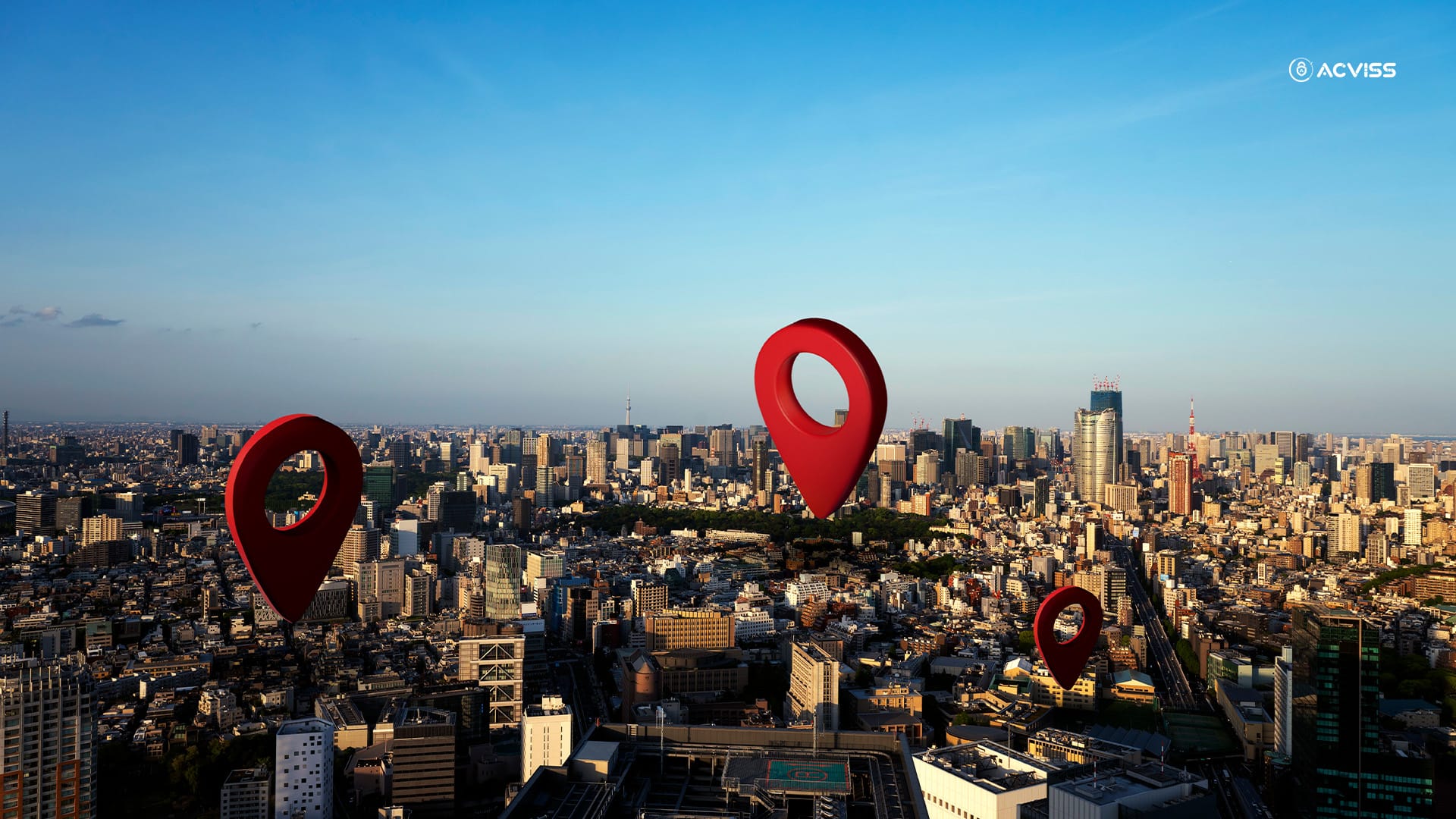
For brands considering implementation, three elements are essential:
- Secure Product Identification
Deploy non-cloneable authentication labels that cannot be replicated. This ensures each scan carries true verification weight. - Traceability Infrastructure
Integrate scans with a track and trace programme, mapping product movement across the supply chain. Blockchain-backed systems such as Origin offer transparency and resilience against data tampering. - Geofencing and Real-Time Intelligence
Set clear geographical rules and establish alert systems. When combined with brand authentication technologies like Certify, brands gain full visibility into unauthorised activity.
When these layers work together, the result is a seamless ecosystem where every scan is not just a verification but a data point feeding into proactive brand protection solutions.
The Road Ahead for Brand Verification Technologies
The fight against counterfeiting is not a single battle; it is a continuous adaptation to evolving threats. Counterfeiters are innovative, but so too are product verification technologies.
Geofencing represents a turning point because it aligns technology with geography, visibility with accountability, and consumer engagement with brand security. By embedding this capability into brand verification strategies, companies are no longer guarding the gates; they are monitoring every corridor.
Conclusion
The future of brand authentication lies in proactive intelligence, not reactive enforcement. Geofencing, powered by non-cloneable labels, real-time alerts, and traceability programmes, equips brands with the tools to outpace counterfeiters and protect their intellectual property, reputation, and consumers.
Solutions such as Certify and Origin demonstrate how these layers come together, offering not only protection but also deeper insights into supply chain performance and consumer interaction.
If you are interested in exploring how geofencing and advanced anti-counterfeiting solutions can transform your product authentication strategy, get in touch with us to learn more.
